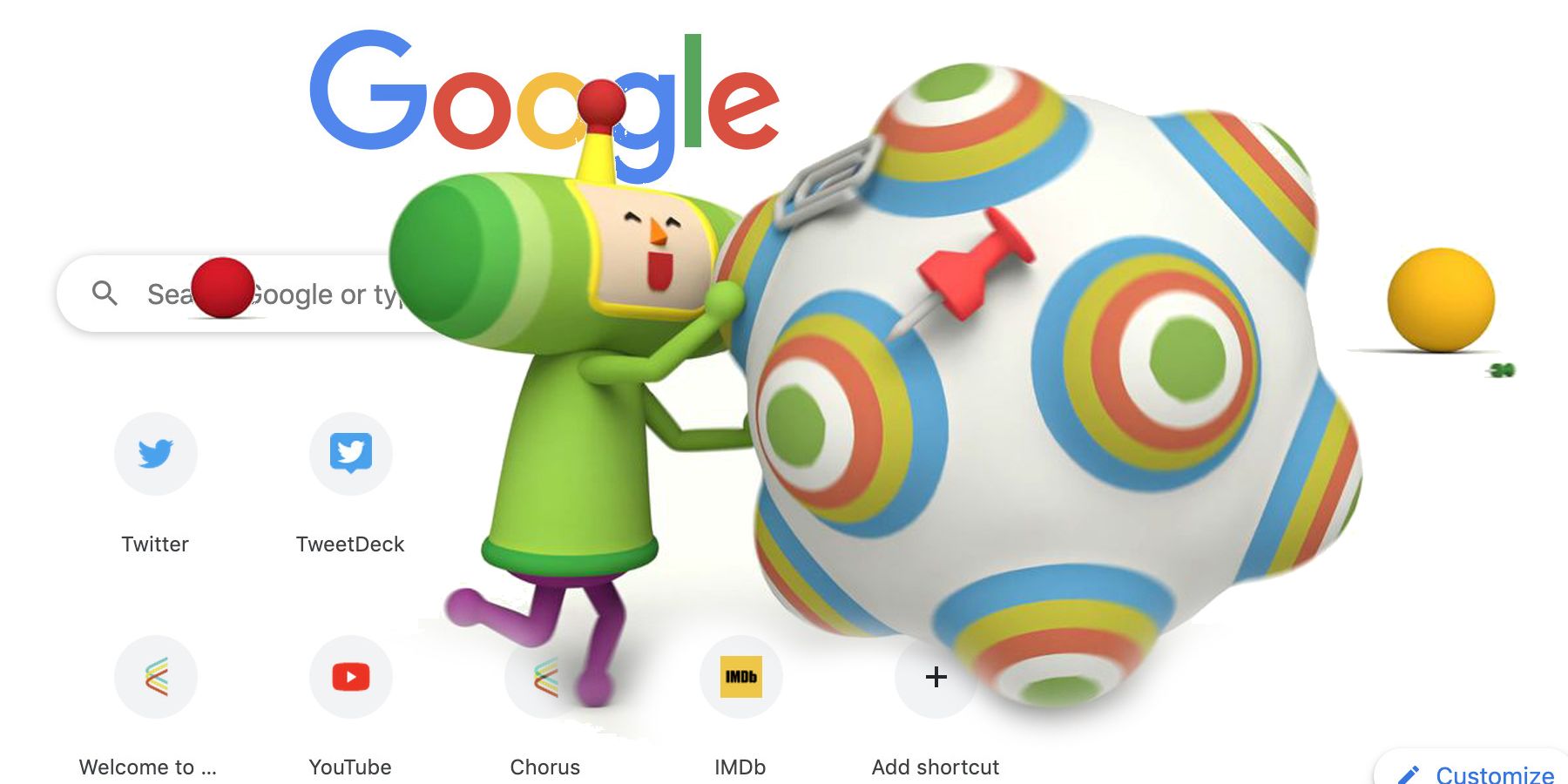
A Major Breakthrough: Google Unveils Revamped Multi-Speaker Groups for Nest and Chromecast, Elevating Your Audio Experience!

Google reinstates multiple speaker groups for Nest and Chromecast after resolving patent dispute with Sonos Enjoy synchronized audio across multiple devices in your home once again
With an ongoing patent dispute with Sonos, Google's Home ecosystem for music enthusiasts has suffered a significant setback. Key features like universal volume control and flexible speaker grouping have been removed from Nest and Chromecast products. However, there is good news as Google has emerged from the courtroom with a positive outcome - two of Sonos' patents have been deemed invalid.
Within the next 48 hours, Android users will regain the ability to add individual Nest and Chromecast products to multiple speaker groups. This means that you can create separate speaker groups for various rooms in your home, such as the living room, bedroom, kitchen, and bathroom, in addition to a whole-home speaker group, all without the need to purchase new speakers. Google also plans to re-enable this functionality on iOS, although an exact timeline for the iOS rollout has not been provided.
Google's speaker group functionality was found to violate two Sonos patents by a federal jury. As a result, Google was required to disable the multiple speaker grouping feature in September 2023. However, the ruling was later dismissed by a federal court on October 10th. The court determined that Sonos' patents were invalid as they were submitted five years after Google had presented its concept of a flexible whole-home smart speaker system to Sonos for collaboration. The court described the situation as the industry leading with a new idea, and then an inventor emerging later to claim that they had come up with the idea first.
Sonos has expressed its intention to appeal this ruling. Nonetheless, the Google Home ecosystem still lacks two important audio features. Universal audio control was previously removed from Nest and Chromecast products due to an infringement case, forcing Nest and Chromecast users to manually adjust the volume of each speaker in their home. Additionally, the Google Home app no longer allows users to control the volume of Nest or Chromecast from their smartphone's volume buttons. The idea of synchronized volume control over a wireless network was a significant innovation when Sonos patented it almost twenty years ago. However, the concept now seems quite simple and obvious, which may explain why Google is fighting the case rather than paying the necessary licensing fees.
The ongoing legal battle between Google and Sonos is far from reaching a resolution. However, for customers who possess a considerable amount of Google hardware, this represents a significant victory. It is important to note that Sonos has achieved a certain level of success in challenging Google, and there is a possibility for this success to persist in the future. Additionally, it should be mentioned that Sonos has the option to appeal the ruling made on October 10th.











